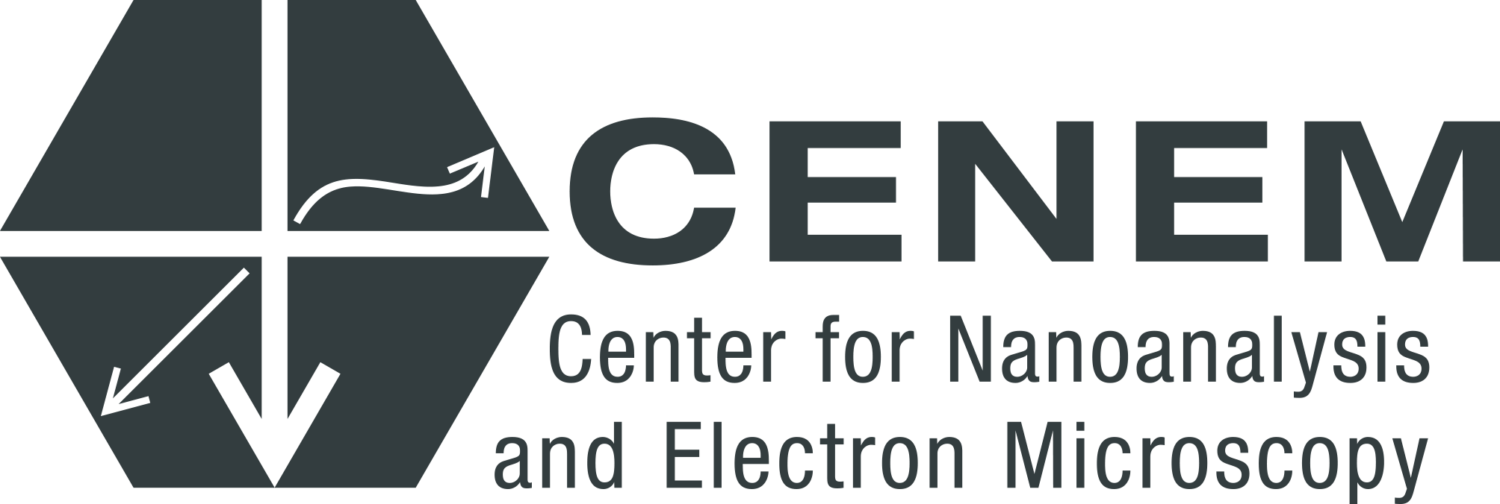Janis Wirth
Janis Wirth, M.Sc.
Project description
The ZEISS XRadia 810 Ultra X-ray diffraction tomograph is the core of this project. This device allows a scale-bridging characterization of different material systems up to a resolution of 50 nm. Furthermore, it is possible to achieve phase contrast in addition to the usual absorption contrast, which is directly related to the Z-number and the corresponding absorption of X-ray radiation (Lambert-Beer law). The phase contrast is achieved by the implementation of a Zernike phase contrast ring. This allows the characterization of lighter elements (e.g. organic compounds) and material systems consisting of elements with a similar Z-number.
Furthermore, an in situ nanomechanics stage belongs to the equipment of the microscope, whereby mechanical in situ investigations at higher scales (factor 10 to 100 higher than TEM) with a force up to max. 9 N can be carried out. First, the methodology of X-ray tomography and the setting up of the device in July 2017 will be the the main focus of the project. As a material system, projects that are already established within the working group WW9 and the GRKs 1896 (for example, porous gold foams: Figure 1) are eligible. Furthermore, new material systems are to be investigated in the course of cooperations (e.g: polystyrene structures).

Figure 1: a) Porous gold foam in XRadia Ultra 810 (large field of view mode), b) Correspondent data reconstruction and visualization with Avizo.
